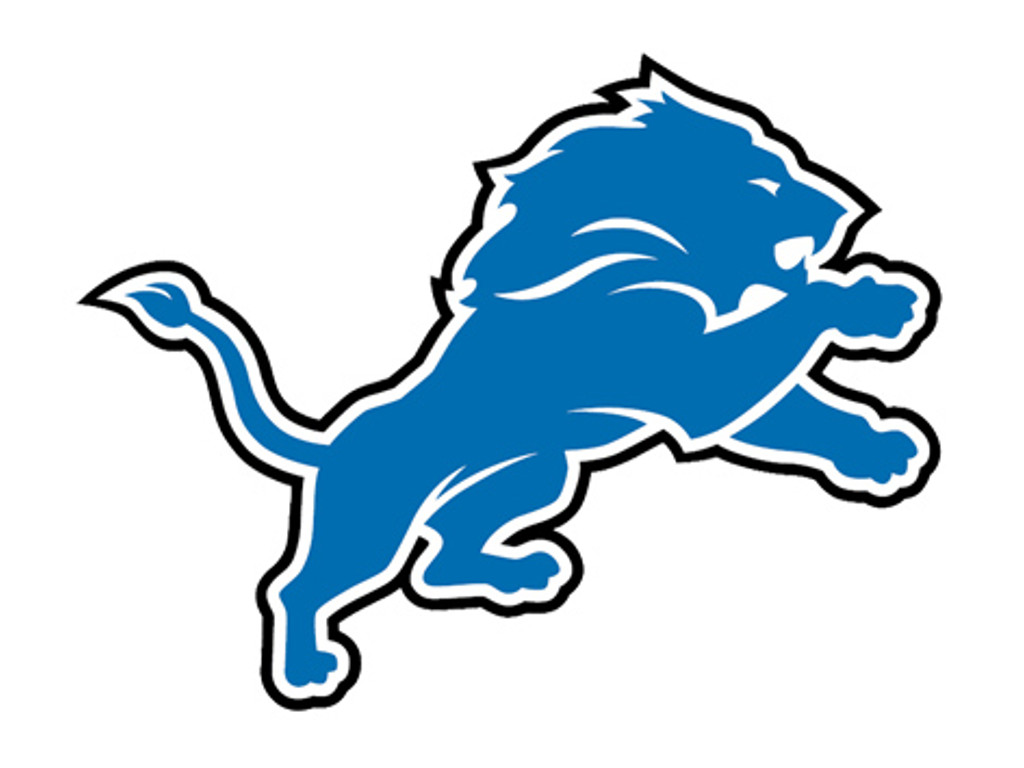The Keweenaw Peninsula could become one of the only places in Michigan to get a prominent stargazer seal of approval. The Keweenaw Mountain Lodge is currently in the process of applying to the international organization that certifies locations as dark sky preserves. There are several different requirements to come into compliance. Some are as simple as changing the protective coverings of outdoor lights to ensure that the beams are directed downward. Others are more involved, including a mandate to host informative workshops for the public.
Upcoming seminars include one scheduled for mid-week. On Wednesday and Thursday, the Lodge’s website is advertising, “Stargazing: Leonids Meteor Shower. A full moon on these nights may interfere with seeing the meteors, but the Leonids can produce up to 15 meteors per hour — with fall rates as high as 50,000 meteors per hour.”
December 4th will have a photography seminar from 6:30 to 8:30. Workshops are not free for non-guests. You can learn more at the Keweenaw Mountain Lodge website. The full press release from the Keweenaw Convention and Visitors Bureau is below.
John Mueller, owner and interim general manager of the historic Keweenaw Mountain Lodge located outside of Copper Harbor, Michigan, encourages guests and the public to be in the dark. Just yards from the Lodge, the tee box of the resort golf course’s first hole offers a window to the universe at night — a sea of mesmerizing stars, planets, moons and nebulae that visitors rarely see in their urban or suburban neighborhoods because street and building lights dim the night sky. It is very, very dark here when the sun dips below Brockway Mountain on the horizon.
“When conditions are right, there is no better place in the Midwest to stargaze or see the Northern Lights than at the tip of the Keweenaw Peninsula,” said Mueller. “November is an especially good month on the Keweenaw to look into the sky.”
Why November is a peak month to stargaze on the Keweenaw
On a clear November night, the peninsula’s air is crisp and cold which makes it easier to see through the atmosphere. There is also a lower probability of lake-effect snow clouds obliterating views of the stars than in the winter months that follow.
Because Lake Superior is on three sides of this peninsula’s narrow landmass, it opens up a wide, uninterrupted vista of the night sky. Darkness comes quickly to the Keweenaw during November as well, with sunsets happening as early as 5 p.m. by the end of the month.
The Keweenaw also has fewer towns so there is very little light pollution. The skies are dark for miles and miles. That’s true all year round.
The Keweenaw is also an ideal place to watch the swirling, shimmering green, red, orange or purple Aurora Borealis or Northern Lights. This is not an every-night occurrence, but when sun particles riding on solar wind collide with Earth’s atmosphere, the sky show is one of the most spectacular on earth. The peak months to see the Northern Lights are between August and April with October, November and April offering the best opportunities.
“The advantage we have on the Keweenaw is we can look north to Lake Superior’s horizon,” Mueller said. “You don’t have to go to Finland or Alaska to be awed.”
The Lodge has applied to be Michigan’s third International Dark Sky Park.
Because of its dark skies, the Lodge has submitted an application to the International Dark-Sky Association that is now under review.
“Our dark skies encompass more than the Lodge property, so we are naming the designated area the Keweenaw Dark Sky Wilderness,” said Mueller.
To seal approval, the Lodge staff is busy making the resort’s lighting “dark sky compliant.” This requires that all of the lighting on the property be shielded and face down so it does not create light pollution. Since applying, the Lodge has also switched to energy-efficient LED lighting.
It’s a rigorous approval process that also requires support from local communities, individuals and organizations. To date, 14 letters from supporters ranging from Pure Michigan to the Keweenaw Peninsula Convention and Visitors Bureau to Copper Harbor Trails have enthusiastically endorsed having a designated dark sky wilderness in the region.
There are important benefits to preserving dark skies
Mueller pointed out that offering dark skies to visitors, however, is much more than the opportunity to see our universe overhead. Other benefits include:
People need sunshine and darkness in their day. Having both improves one’s circadian clock (or rhythm) — sleep patterns, hormone release, eating habits, digestion and body temperature. All of these factors promote good health, especially by providing better sleep, which Mueller says the resort’s lodge and cabin guests do sleep well.
The dark skies offer ecological integrity, too. Many plants, wildlife and insects rely on darkness to forage, breed, as well as navigate their ancient migration paths. Dark skies help them to survive.
The darkness ensures the full enjoyment of experiencing the wilderness and fosters an appreciation of nature. Mueller said a guest once told him his daughter saw the stars for the first time at the top of the Keweenaw with her family as a child. The experience inspired her to make astronomy her profession.
Best places on the Keweenaw Peninsula to see the stars and Northern Lights
In addition to the Keweenaw Mountain Lodge property, which Mueller said is open to guests and the public, there are other prime dark sky locations along Lake Superior on M-26 and US Hwy 41. One is Lake Manganese which is accessible on a hiking trail from the Lodge. In nearby Copper Harbor, there are Fort Wilkins State Park and Astor Shipwreck Park as well as the Jamsen’s Fish Market and Bakery dock, the boardwalk along Lake Superior, Copper Harbor State Harbor, Hunter’s Point and Hebard Park.
A popular destination is Brockway Mountain Drive and the Lookout at the Brockway Mountain Summit with an elevation of about 1,100 feet above sea level. These are located just west of Copper Harbor. There is a map to all of these locations at keweenawmountainlodge.com.
Other dark sky areas to catch the stars and Northern Lights on the Keweenaw Peninsula include Mt. Bohemia, Lac La Belle, Keweenaw Point, Estivant Pines, the Lake Medora boat ramp, Esrey Park, Eagle Harbor Beach and the beach at Eagle River.
There are several websites and Facebook groups that predict clear night skies and the best conditions for the Northern Lights. Mueller recommends following the Facebook group Michigan Aurora Chasers or researching weather patterns on the National Oceanic and Atmospheric Administration’s Space Weather Prediction Center site, www.swpc.noaa.gov/products-and-data.
What to bring when stargazing in November
The key for stargazers is to dress warmly. It is cold on the Keweenaw Peninsula in November and colder along the shores of Lake Superior. This includes wearing warm footwear. Things to bring include a red flashlight to help decrease the light pollution while walking, a blanket, a water bottle and snacks. Also, carry a paper constellation map or add a phone app. The current month’s sky map can be downloaded at skymaps.com.
Stargazers do not need to bring a telescope or binoculars, but both provide closer views of the moon, stars, planets and nebulae. Mueller said that while taking photographs of the night sky is very rewarding, it is also very challenging. If stargazers have the correct camera equipment, bring that as well.
Attend special stargazing workshops and events throughout the year
One of the qualifications for becoming an International Dark Sky Park is to offer workshops and educational events. A calendar of these events is on the Keweenaw Mountain Lodge site. The workshops are free for resort guests. There is a fee for non-guests; see each workshop or class on the website for details. Two upcoming events are:
Nov. 17-18 – Stargazing: Leonids Meteor Shower. A full moon on these nights may interfere with seeing the meteors, but the Leonids can produce up to 15 meteors per hour — with fall rates as high as 50,000 meteors per hour.
Dec. 4 – Stargazing: Northern Lights Photography Workshop, 6:30-8:30 p.m.
“Our knowledge of the stars and our universe is just the tip of the iceberg,” said Mueller. “We are proud that we can inspire everyone from small children to astronomers to learn more under the amazing dark skies of the Keweenaw.”
 Keweenaw Report Your Source for Local News and Sports
Keweenaw Report Your Source for Local News and Sports





